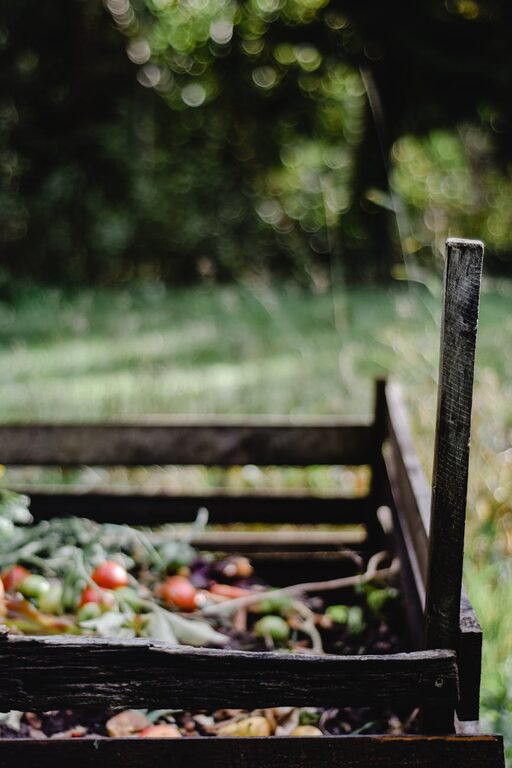Composting is a fantastic way to reduce kitchen and garden waste while creating nutrient-rich soil for your plants. If you’re new to composting, the idea might feel a bit overwhelming at first, but with some simple tips and a little practice, you can turn scraps into black gold for your garden.
In this guide, we’ll walk you through beginner-friendly advice to start composting at home, whether you have a large backyard or just a small balcony.
Why Compost at Home?
Composting reduces landfill waste by diverting organic materials from trash bins. It helps improve soil health by returning valuable nutrients back to the earth, which supports healthy plant growth. Plus, it’s an ecofriendly practice that reduces greenhouse gas emissions linked to food waste.
Starting your own compost is more accessible than you might think. With the right materials and techniques, you can create a productive compost pile or bin in weeks or months.
Choosing the Right Composting Method
Before you jump in, decide which composting method fits your space and lifestyle.
Backyard Composting
If you have a garden or a yard, a simple compost pile or bin works well. You can buy a compost bin or build your own using wood pallets or wire mesh. This method requires turning the pile every few weeks to aerate it.
Tumbler Composting
Compost tumblers are enclosed bins mounted on a frame, allowing easy rotation to mix contents. They speed up decomposition and reduce odors. Tumblers are compact and work well for small spaces.
Vermicomposting (Worm Composting)
For apartments or limited outdoor access, vermicomposting uses worms to break down kitchen scraps. Special worm bins can fit indoors, providing a great way to compost year-round.
What to Compost: Materials to Include and Avoid
Knowing what goes into your compost is key to success.
Browns (Carbon-Rich Materials)
– Dry leaves
– Straw or hay
– Shredded paper or cardboard
– Wood chips
– Coffee filters
Greens (Nitrogen-Rich Materials)
– Fruit and vegetable scraps
– Coffee grounds
– Tea bags (without staples)
– Fresh grass clippings
– Plant trimmings
Materials to Avoid
– Meat, fish, or dairy products (attract pests)
– Oily or greasy foods
– Pet waste
– Diseased plants
– Invasive weeds or seeds
Balancing browns and greens helps maintain moisture and airflow, encouraging faster breakdown. Aim for roughly three parts browns to one part greens.
Setting Up Your Compost
Location
Pick a spot with good drainage and partial shade if possible. Keep your compost accessible but out of direct sunlight to avoid drying it out.
Bin or Pile Setup
Start with a layer of coarse browns to help with aeration. Alternate layers of greens and browns, moistening materials as you go. The pile should be about as damp as a wrung-out sponge.
Turning Your Compost
Aerate your pile every 1-2 weeks with a garden fork or turning tool. This introduces oxygen, which speeds microbial activity and reduces odors.
Maintaining Your Compost Pile
Keep it Moist
Compost microbes need moisture to thrive, but the pile shouldn’t be soggy. Add water if it feels dry, especially during hot weather.
Monitor Temperature
Active compost heats up to 135-160°F (57-71°C). Warm piles break down materials faster and kill weed seeds. If the pile cools, it might need turning or more greens.
Troubleshooting Common Issues
– Bad odors: Usually from too much moisture or greens. Add more browns and turn the pile.
– Pile not heating: Add nitrogen-rich greens and turn to aerate.
– Pests: Avoid adding meat or oily foods and keep the bin covered.
Harvesting Your Compost
After about 2-6 months, your compost should look dark, crumbly, and smell earthy. Sift out any large, uncomposted bits and return them to the pile.
Use your finished compost to enrich garden beds, potted plants, or lawn areas. It improves soil structure, moisture retention, and supports beneficial microbes.
Final Tips for Composting Success
– Start small and build your pile gradually.
– Chop scraps into smaller pieces to speed decomposition.
– Use a compost thermometer if you want to monitor conditions.
– Be patient—composting is a natural process that takes time.
– Keep learning and adjusting based on your experience.
—
Composting at home is a rewarding way to connect with nature and reduce household waste. By following these beginner tips, you’ll be on your way to creating healthy, fertile soil that will benefit your plants and the environment.
Happy composting!

